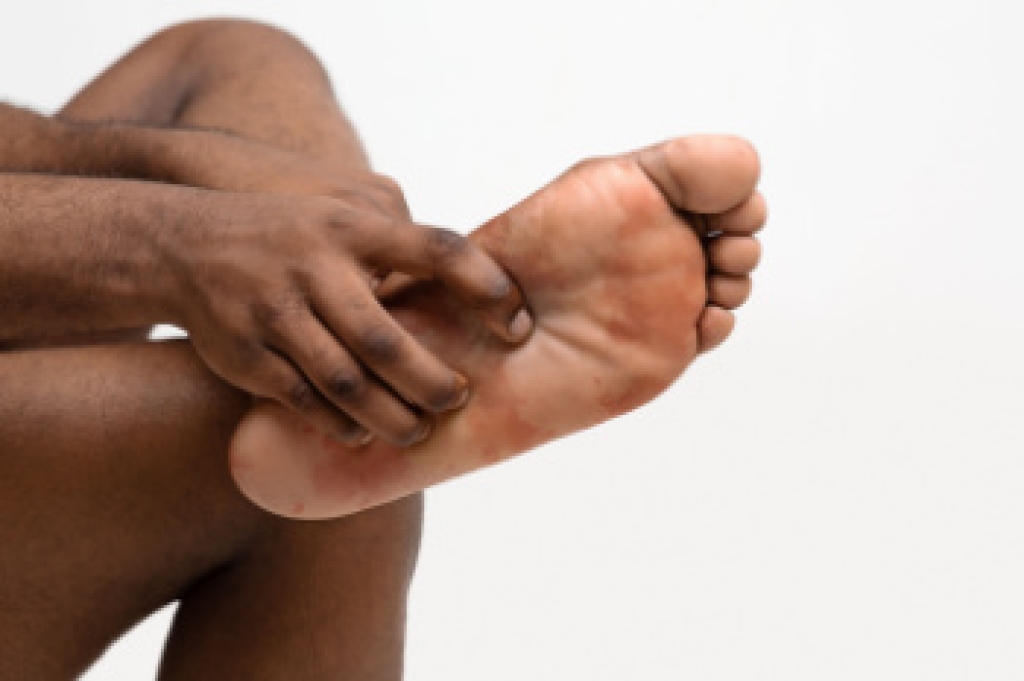
Many people do not realize how much flexibility in the toes influences balance, posture, and the way the feet move throughout the day. When the toes become stiff or the arch muscles are underused, walking and running can feel less stable and can even lead to discomfort in the feet, calves, and ankles. A helpful stretch involves using your hands to guide the toes into a gentle bending motion at the base joints, encouraging them to lengthen and lift in the correct places. Placing your fingers under the sole and your thumbs on top of the toes allows you to support the foot while easing the toes downward and away from the body. Holding the stretch for several deep breaths helps awaken the small muscles that support the arch and improves overall mobility. Practicing this regularly can promote stronger movement patterns and more comfortable steps. If you have foot or toe pain, it is suggested that you see a podiatrist for treatment, which may include additional stretches.
Stretching the feet is a great way to prevent injuries. If you have any concerns with your feet consult with one of our podiatrists from Montgomery Foot Care Specialists. our doctors will assess your condition and provide you with quality foot and ankle treatment.
Stretching the Feet
Being the backbone of the body, the feet carry your entire weight and can easily become overexerted, causing cramps and pain. As with any body part, stretching your feet can serve many benefits. From increasing flexibility to even providing some pain relief, be sure to give your feet a stretch from time to time. This is especially important for athletes or anyone performing aerobic exercises, but anyone experiencing foot pain or is on their feet constantly should also engage in this practice.
Great ways to stretch your feet:
- Crossing one leg over the others and carefully pull your toes back. Do 10-20 repetitions and repeat the process for each foot
- Face a wall with your arms out and hands flat against the wall. Step back with one foot and keep it flat on the floor while moving the other leg forward. Lean towards the wall until you feel a stretch. Hold for 30 seconds and perform 10 repetitions for each foot
- Be sure not to overextend or push your limbs too hard or you could risk pulling or straining your muscle
Individuals who tend to their feet by regular stretching every day should be able to minimize foot pain and prevent new problems from arising.
If you have any questions please contact our office located in Montgomery, AL . We offer the newest diagnostic and treatment technologies for all your foot and ankle needs.




